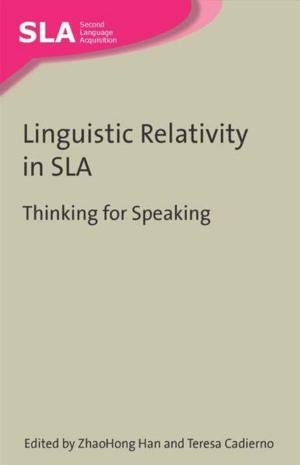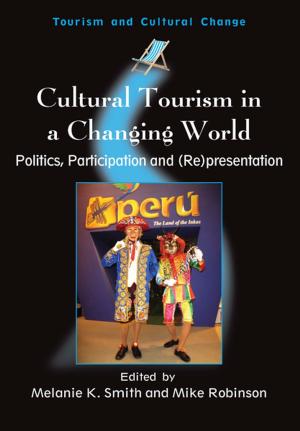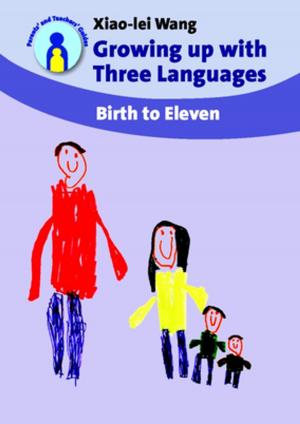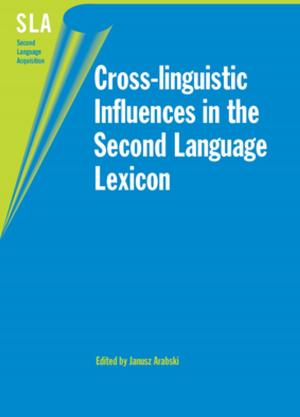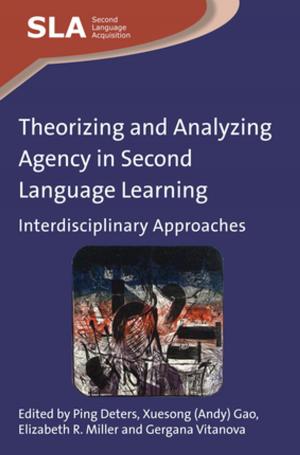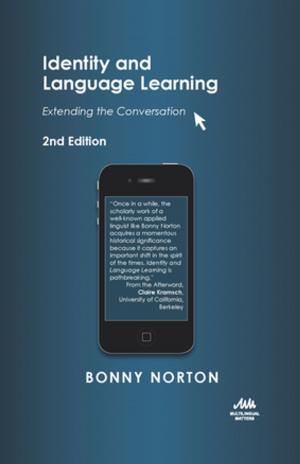Crosslinguistic Influence in Multilinguals
An Examination of Chinese-English-French Speakers
Nonfiction, Reference & Language, Language Arts, Study & Teaching, Linguistics| Author: | Dr. Wai Lan Tsang | ISBN: | 9781783096909 |
| Publisher: | Channel View Publications | Publication: | December 7, 2016 |
| Imprint: | Multilingual Matters | Language: | English |
| Author: | Dr. Wai Lan Tsang |
| ISBN: | 9781783096909 |
| Publisher: | Channel View Publications |
| Publication: | December 7, 2016 |
| Imprint: | Multilingual Matters |
| Language: | English |
This book reports on a research project conducted in multilingual Hong Kong, where Cantonese is the mother tongue (L1) of the majority of the population and learning different foreign languages is commonplace. In addition to English, which is usually the second language (L2), more and more people learn other languages, such as French (L3). Drawing on the notions of ‘interface’ and ‘reverse transfer’ in second language acquisition, this book addresses the possible role of L3 French in the acquisition of English as an L2 with two major concerns: firstly, the degree to which L3 acquisition will bring about a positive or negative transfer effect on L2 acquisition and secondly, the way in which an L3 interacts with an L2 and/or even an L1 on different interfaces as identified in second language acquisition. The study will appeal to researchers interested in second and third language acquisition, bi- and multilingualism and crosslinguistic influence.
This book reports on a research project conducted in multilingual Hong Kong, where Cantonese is the mother tongue (L1) of the majority of the population and learning different foreign languages is commonplace. In addition to English, which is usually the second language (L2), more and more people learn other languages, such as French (L3). Drawing on the notions of ‘interface’ and ‘reverse transfer’ in second language acquisition, this book addresses the possible role of L3 French in the acquisition of English as an L2 with two major concerns: firstly, the degree to which L3 acquisition will bring about a positive or negative transfer effect on L2 acquisition and secondly, the way in which an L3 interacts with an L2 and/or even an L1 on different interfaces as identified in second language acquisition. The study will appeal to researchers interested in second and third language acquisition, bi- and multilingualism and crosslinguistic influence.







